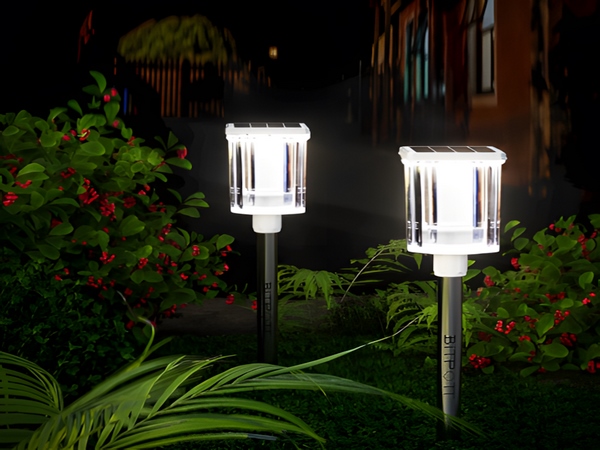
High-power LED is known as the “fourth generation green lighting source.” It features high conversion rates and long lifespans, and is widely used in various lighting fixtures. Common applications include LED solar street lights and high-power LED street lamps. However, even the best products can have defects. The following will explain the reasons for high-power LED failures.

The failure of high-power LED lighting fixtures originates from two main sources: one is the failure of the power supply and driver, and the other is the failure of the components of the high-power LED lighting fixture itself. The self-failure of the components in high-power LED lighting fixtures mainly includes the following conditions.
1. Transient Overcurrent
Transient overcurrent refers to the situation where the current flowing through the high-power LED lighting fixture exceeds the rated current stated in the technical data sheet of the fixture. This can occur either due to a direct surge of high current or be caused indirectly by high voltage. Events such as transient lightning strikes, transient switching noise from switching power supplies, and overvoltage conditions from grid fluctuations can lead to overcurrent. These events are typically transient and last for a very short duration; we often refer to them as spikes, such as “current spikes” or “voltage spikes.” Conditions that create transient overcurrent can also occur when high-power LED lighting fixtures are powered on or when hot-plugging.
The failure mode of high-power LED lighting fixtures subjected to overvoltage strikes is not fixed, but it usually results in damage to the welding wires, often caused by a significant transient overcurrent. In addition to burning out welding wires, it can also cause damage to other components near the welding wires, such as sealing materials.
2. Electrostatic Discharge
Electrostatic discharge (ESD) damage is currently a common transient overvoltage hazard in the manufacturing, transportation, and application of highly integrated semiconductor devices. High-power LED lighting systems must meet the IEC61000-4-2 standard for “human body electrostatic discharge mode” at 8kV contact discharge to prevent possible overvoltage failure during electrostatic discharge incidents.
The performance of LEDPN junction arrays will decrease or become damaged due to ESD incidents. The discharge paths caused by ESD can lead to internal failures of the chips in high-power LED lighting fixtures. This failure may only result in partial functionality loss, while severe cases may cause permanent damage to high-power LED lighting fixtures.
Regarding the design of high-power LED lighting fixtures, where nearly 80% of energy is converted into heat, thermal management and failure overheating protection pose significant challenges. It has been theoretically and practically proven that the performance and lifespan of high-power LED fixtures are closely related to the junction temperature of the high-power LED. When the junction temperature within the chip of a high-power LED lighting fixture increases by 10 degrees Celsius, the luminous flux will decrease by 1%, and the lifespan of the high-power LED fixture will be reduced by 50%.

For more information on solar street light pricing, please feel free to inquire about street lights. We are a professional manufacturer specializing in the research and production of solar and LED outdoor lighting, with many years of production experience and advanced manufacturing equipment. Our products ensure quality, reasonable pricing, and configurations. For inquiries about LED solar street light prices, please contact our online customer service or give us a call.



